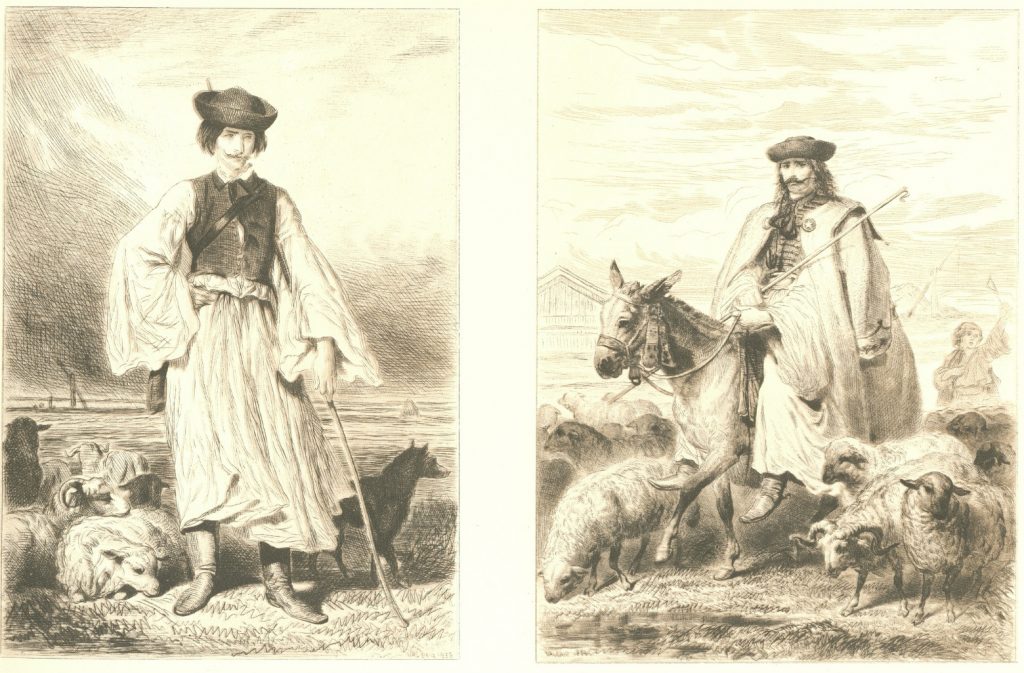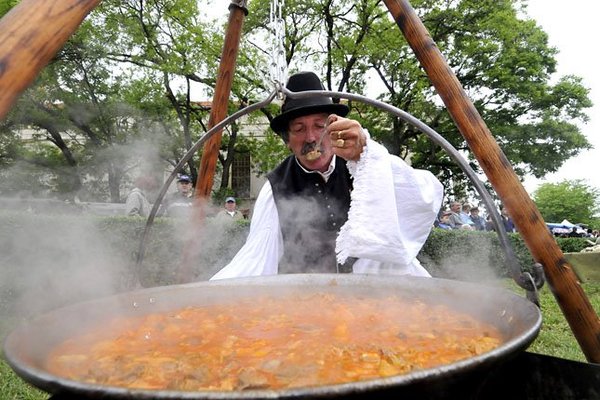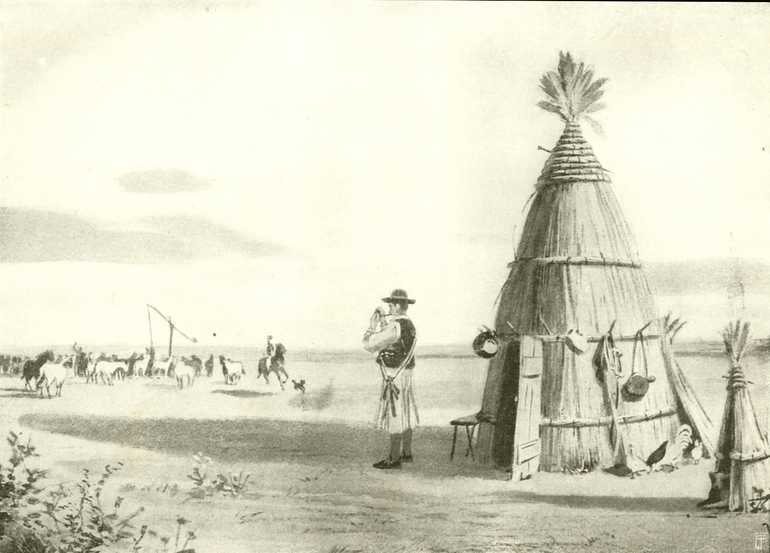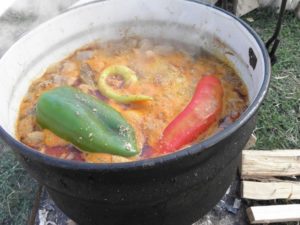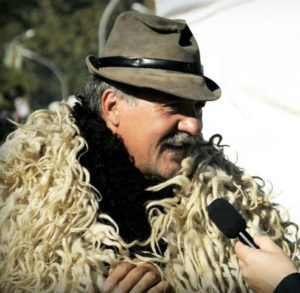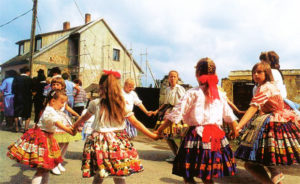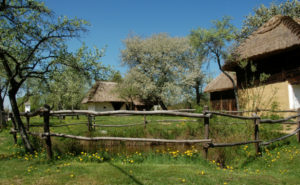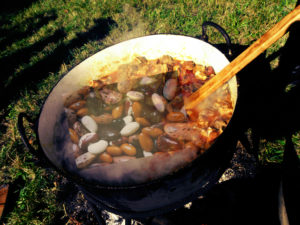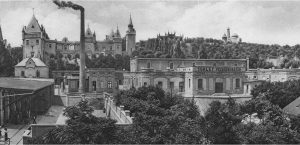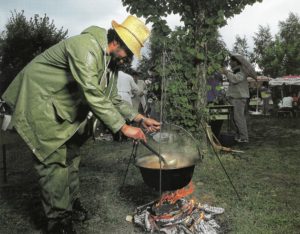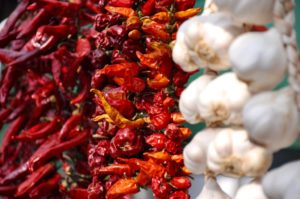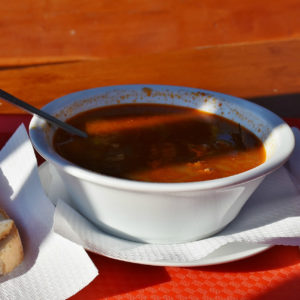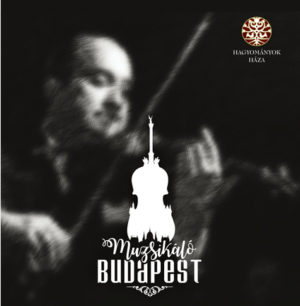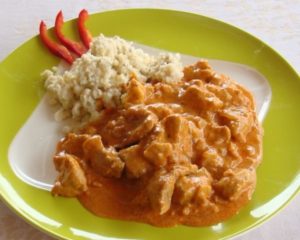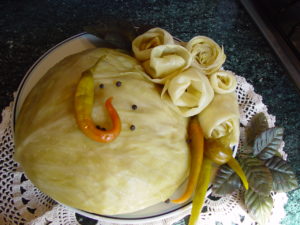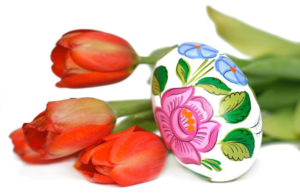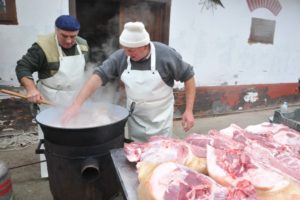Karcagi sheep stew
Hungary cultural heritage is reflected in folk dance, traditional wear, various works of fine arts, and gastronomy too.
The Karcagi sheep stew (Karcagi birkapörkölt) was the first dish that was added to the collection of Hungarikums in 2013. Since then many other foods were added to that list, but this one is still considered as an important element of the Hungarian gastronomy.
Where does the Karcagi sheep stew come from?
Karcag is situated in the area called Nagykunság, where large livestock farming was popular, such as the breeding of Hungarian Grey Cattle and sheep. It was evident, that people who lived here, ate the meat of the sheep. The plants growing on these licks give a special, spicy flavor to the meat of the sheep and the sheep stew.
In the old times, when the meat was not preserved, all parts of the sheep were cooked into the stew. It is also characterized by the fact that at first the animal is cooked without added water, and only onions, garlic, red peppers and salt are used. The stew used to be cooked in iron pots, called kaszroj, in which the whole animal could fit.
The rise of kuns
In the early 1200s, a Turkish ethnic group, the kuns settled down in the present area of Karcag, and slowly assimilated into the Hungarian population. They spoke Hungarian, became Christians, married Hungarians and gave their children Hungarian names. Their language is now extinct, the last speaker was István Varró, who died in 1770 (but it is assumed that he no longer spoke the language at the native language level). Nevertheless, the language has not completely disappeared, as some of its elements are still parts of rhymes.
The kuns were frugal, which can be noticed in the sheep stew as well, since all parts of the sheep are cooked, including the scorched head – a tradition which is noticeable only in this region of Hungary. The head was always the privilege of the guest of honor, and it is placed in front of the most respectable guest. This tradition of kun culture, an important part of wedding ceremonies of the Kunság area.
Recipe for karcagi sheep stew
- An entire sheep, which means about 30kg of meat
- 30-40 dkg ground paprika
- 15-20 dkg salt
- 5-2 kg onions
- 5 – 1 kg lard
- One head of garlic
The stew is usually cooked from 3-4 years old sheep, slaughtered the day before the cooking. Then it is cut in halves, the guts are removed, the head and the nails are scorched and cleaned. The precooked and cleaned head is cut in halves, both parts of the brain are spiced with salt, pepper, paprika, then tied together, and put back into the stew.
The parts with most bones are put into the greased cast iron pot, then comes the pre-cooked and the scorched elements, and on the top the meat and the guts are placed (except for the liver). The whole thing is cooked for 15-20 minutes over a high heat, then comes the bigger part of the salt and the garlic. Due to the heat treatment, the meat releases juice, that gives the gravy of the stew.
In around the 2nd hour of the cooking, the tallow is melted, which can be removed if someone doesn’t like it. Then the onions and paprika are added, and the final touch is the adjustment of the saltiness and hotness (and replacing the boiled water).
The average sheep stew takes about 3.5-4 hours to cook, and it is good when the meat almost melts off from the bones.
Why did Karcagi sheep stew become a Hungarikum?
On the one hand, sheep stew has a centuries-old tradition in and around Karcag, proven by various historical records and oral tradition. Large animals such as cattle were considered capital animals, but smaller sheep were enough for a larger family at a ceremony.
Even nowadays the sheep stew is the traditional dish for family occasions, and the art of preparing it goes from father to son. This is the link that connects the people of Karcag with the old traditions, and this is also an important part of the “Karcag pride” and identity.



